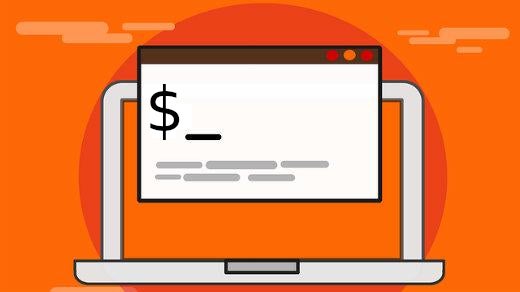Even though lots of our data exists in the cloud today, you still need to protect your local files with a reliable backup solution. When I needed a new offsite backup solution for my Linux desktop files, I asked my editors and fellow Community Moderators at Opensource.com to share their recommendations. They provided some familiar and some new-to-me options.
Opensource.com administrator Jason Baker suggested Rclone and Rsync.
The Community Moderators had a wide variety of suggestions. Like Jason, Alan Formy-Duval uses Rsync. Chris Hermansen uses a blended approach: he backs up his solid-state drive with Deja Dup, moves his music files to his servers with Rsync, and lets Dropbox back up his files on that service.
David Both uses homebrew scripts, while Chris Short suggested Restic, and Ben Cotton recommended Cronopete.
Seth Kenlon uses Rdiff-backup with a Raspberry Pi. He also uses Attachup, a pyudev application that keeps production data on a USB drive and backs it up to a computer.
After some more research, I settled on the perfect solution for me: Deja Dup. I like it because it is easy to configure, backs up my files once a day, and provides the offsite backup option I want. It gives me the measure of protection I was looking for.
All of this made me wonder about Opensource.com readers' favorite backup solutions for the Linux desktop. Please answer the poll above—and be sure to leave a comment if we didn't list your favorite.







52 Comments